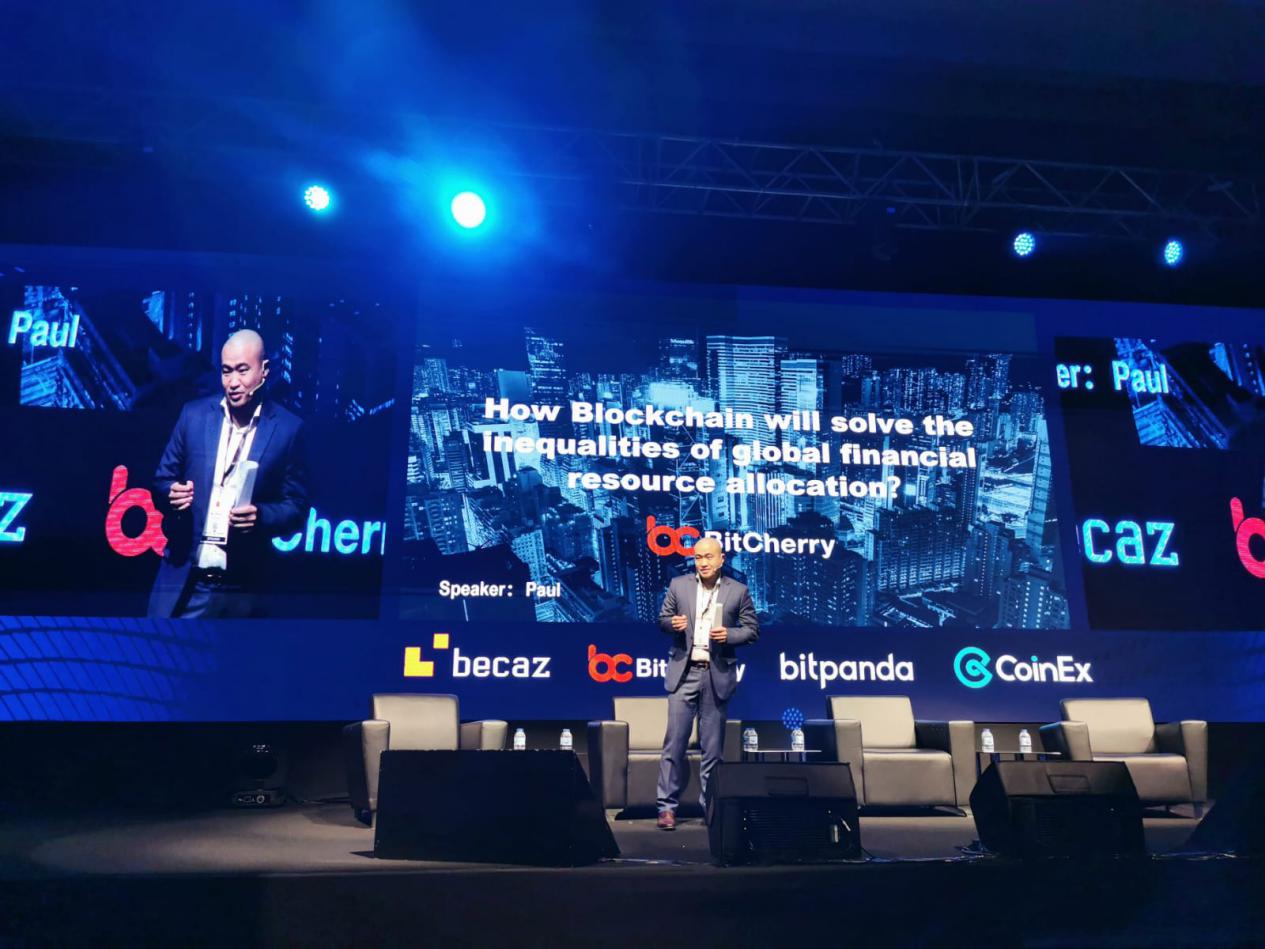2020-11-24 18:13 |
Blockchain’s application is vast, and the extent of its usage and functionality has yet to be realized. BeInCrypto has taken a deeper dive into blockchain integration in the medical industry and forensic science to find out whether it can be the solution to the growing demand for data transparency. Can blockchain resolve problems circling misuse, abuse, and general human error?
New innovations in technology are seemingly making a quantum leap as contemporary technology evolves and assumes different forms. Technologies like blockchain emerged during a time when the technological prowess of industry makers needed something new to build upon — and it is quickly changing the trajectory of the way data transactions are stored and its history tracked.
Manipulated lab testsSome positions of trust in the workplace are more critical than others, simply because their integrity — or lack thereof — could have the potential to endanger or harm those that are subject to the sensitive nature of their work.
Take the case of Annie Dookhan, the Massachusetts state chemist who worked for the Department of Public Health Drug of Abuse. The chemist went rogue and abused her position of trust on an unprecedented level by falsifying evidence of drug tests in more than 20,000 cases. Her operation sent thousands of people to prison, which consequently led to the largest dismissal of convictions in United States history, according to the American Civil Liberties Union in Massachusetts.
She was arrested on Sept. 28, 2012, and charged with two counts of obstruction of justice and one count of falsifying her academic record during the course of her nine year tenure as a state crime lab chemist. She was paroled in April 2016 after serving a three year sentence, meanwhile there are still thousands of wrongfully convicted individuals still behind bars because of her falsified lab tests.
“I don’t think anyone ever perceived that one person was capable of causing this much chaos,” said the Norfolk County District Attorney Michael Morrissey.
A similar instance occurred in 2017 on the other side of the world, in the United Kingdom. The National Police Chiefs Council (NPCC) alleged a large-scale manipulation of thousands of drug test samples handled by Randox Testing Services. This involved drug-driving, rape, and murder cases. Two employees at the laboratory in Manchester were arrested on the suspicion of perverting justice.
The personal impact, as well as the social impact of episodes like this can be devastating. Investigators are faced with the daunting tasks of sifting through reams of possible wrongful convictions of individuals who were sent to prison based on deliberate false information.
What ensued was the overturn of 41 cases, and 50 drug-driving investigations were dropped. Leading the NPCC’s forensic investigation was chief constable James Vaughan, who described the episode as the “biggest breach of integrity in forensic science” in living memory.
Another example was the case of the federal laboratory worker at the US Geological Survey (USGS) in Colorado. They also abused a critical position by deliberately tainting tests for years, even conceivably manipulating research on toxic metals in the Everglades, uranium in close proximity to the Grand Canyon, as well as coal in Afghanistan.
The name of the employee was never disclosed, and it was never ascertained whether or not the individual was fired. The Interior Department, which oversees the lab, decided not to pursue additional inquiries into the incident, and no criminal investigation was made.
The USGS website released information about the incident, explaining that the manipulation carried out by the employee was done in part to correct failures in instrument calibrations concerning a mass spectrometer.
Blockchain creates accountability through audit trailsThe reach of the consequences can sometimes be difficult to know with any certainty when a rogue employee pursues their own interests, especially at the expense of others. These are simply the events that managed to come to light and do not encompass the realm of the unknown.
BeInCrypto reached out to David Koepsell, the CEO of EncrypGen, a company dedicated to developing a blockchain-based peer-to-peer DNA marketplace. Koepsell elaborated on the benefits of integrating blockchain technology with lab centers as a means to bring transparency to the procedural process of testing and analysis, including the personnel involved in the testing:
“Blockchains could certainly help to ensure authenticity of test results, primarily through logistics and equipment audit trails. Specifically, a blockchain can help to verify sample source and handling as well as the specific machines used during a sample’s testing process. Furthermore, blockchain record trails can help to identify testing personnel for increased transparency.”
In other words, the enhanced level of transparency and audit trails blockchain can provide could help reduce the abuse of positions of trust in industries such as drug testing labs, where individuals and courts are dependent upon the professional integrity of lab chemists. This new element of transparency could establish safeguards concerning employee accountability and hopefully prevent further abuse and misuse.
Blockchain and genomic sequencing dataWhen asked if law enforcement agencies, forensic labs, and medical companies that work with people’s genetic information have demonstrated an interest in blockchain integration, Koepsell responded:
“To my knowledge they have not, for the most part, embraced blockchains for genetic data, although we believe they all should. Current efforts to use blockchains for genetic data are all private startups, to the best of our knowledge. Startups like ours each have slightly different models but all embrace the use of blockchain for improved transparency and security, as well as in some instances monetization for data sales.”
As the possibilities of blockchain technology continue to expand and shift, assuming many different forms, it is now possible to use genomic data and the blockchain network to distribute anonymous genetic information anywhere in the world at lightning speed.
It has been debated who has the right to own or should own the genomic sequencing data. The cost of sequencing a person’s genome continues to decrease and more people have access to their genomic information. How can blockchain help people resolve the issue of genetic data ownership in order to protect and control their own genetic data?
Koepsell offered the following as an example: “Blockchain records in the form of unique tokens or ledgers for transfers can act as indicia of ownership. Although data itself cannot be owned, legally, by creating an immutable record of the origin of some personal data, one can at least create a means for tracing back to the subject of origin and thus provide proper credit or remuneration.”
Koepsell continued saying that EncrypGen thinks “the best way it can help is to create permanent audit trails for genetic data transactions to help safeguard against data misuse and provide transparency for data donors as to those uses. Moreover, they can be used to settle those transactions as we do using our cryptocurrency DNA.”
Data leaks and digital fingerprintsBlockchain by nature anchors digital transactions in its public ledger, which can essentially be thought of as a public notebook of digital fingerprints. But how could it protect the integrity of sensitive information in the event of a data leak, either by mistake or by a nefarious threat actor? Elaborating on whether blockchain can resolve the issue of genetic data leaks, Koepsell said.
“Only really in the sense that given a record of data transfer one can have an audit trail to the source of a leak of that data. Blockchain isn’t hot sauce, although some people think it is. It is an improved format for record keeping and a lot of other work needs to be done for any infrastructure to help improve data security.”
Contrary to popular hype, blockchain is still a technology that is being refined, as new possibilities are being discovered. However, it cannot be seen as a cure-all, especially when you factor in that it does not replace typical human errors, and cannot be impervious to sloppy or inadequate collection of data.
The innovations advanceCompanies continue to patent new ideas and developments in the field as the variety of potential blockchain utilization continues to expand and evolve. This apparently means that we will see related solutions in the foreseeable future.
BeInCrypto also spoke to Ofer Lidsky, an entrepreneur and CEO of Israeli startup Digital DNAtix, Ltd. Lidsky shared a patent titled “Systems and methods for user authentication based on a genetic sequence” filed by the company.
The blockchain-based system described in the document is geared to enable an advanced way for people to interact with and handle genetic information and benefit from services offered by companies specializing in genetics.
Using it, It will reportedly be possible to create a cryptographic identification tool based on at least a portion of a genetic sequence of a user that can be used for network authentication of the user. Furthermore, the patent covers the process of induction of a unique identity and authentication system established on genetic data such as DNA, RNA, mutations, and so on.
It is believed that in the near future, DNA-based identification and authentication will become an intrinsic aspect of documentation and identification systems. As blockchain continues to evolve and provide more transparency and security, and as it expands to reach its fullest potential, hopefully it can also resolve the issues of abuse and misuse of data.
Perhaps the most important question remains — can individuals be trusted to enter data into the blockchain correctly and honestly? If the integrity of the information entered into the blockchain is dependent upon an individual placed in a position of trust — who otherwise has the ability to alter, adjust, or fabricate information — then the answer is rhetorical.
Misinformation entered into a record can be fact-checked and traced back to the record keeper, and the records themselves reanalyzed in order to isolate the point error. However, this is the way records have always been checked long before blockchain was thought to correct problems such as this.
The post Can Falsified Lab Tests be Cured Through Blockchain? appeared first on BeInCrypto.
Similar to Notcoin - Blum - Airdrops In 2024
High Performance Blockchain (HPB) на Currencies.ru
|
|















